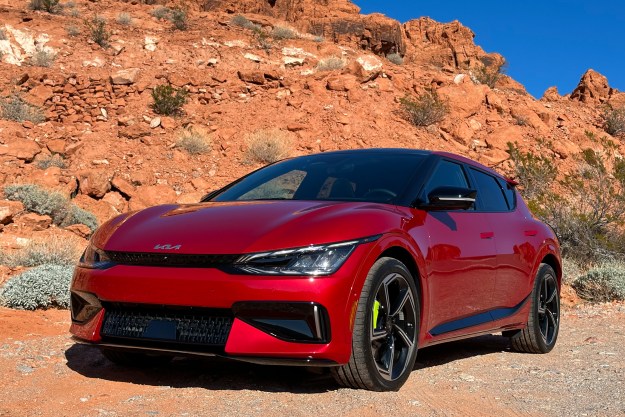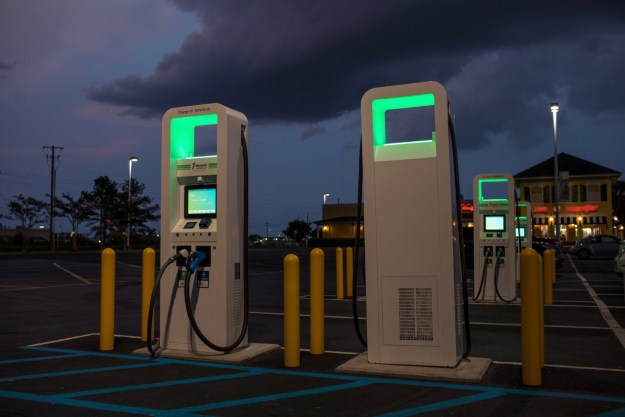Chinese startup XEV has been working on a 3D-printed electric car since 2016, and apparently things aren’t going well. While XEV previously discussed teaming up with a second Chinese firm to sell the car for the equivalent of $10,000, now the company is trying to crowdfund production through Kickstarter.
According to the project’s Kickstarter page, XEV is targeting a production start date of August 2020. To reach that goal, it’s seeking $552,834 in funding by February 6, 2020. Per Kickstarter policy, money will only go to XEV if that goal is met. Small pledges are rewarded with fridge magnets, T-shirts, and scale models, but larger contributions allow backers to reserve actual cars (in Europe, at least).

Previously called LSEV and now branded YoYo, the 3D-printed car is made from just 57 components — a big step down from the thousands of parts that make up a conventional car. The YoYo looks like a knockoff of the Smart Fortwo, but it’s actually a bit smaller than the German car. A 10-horsepower electric motor gives the car a 43-mph top speed, according to XEV. A 9.2-kilowatt-hour battery pack provides enough juice for a claimed 93 miles of driving, although that range estimate is likely based on the more lenient Chinese testing cycle.
XEV has not discussed plans to sell the YoYo in the United States, and the car probably wouldn’t be road legal here if it did. The YoYo’s small size and low top speed mean it would, at best, be classified as a neighborhood electric vehicle (NEV). This is a classification for small vehicles designed for use on closed networks of roads, in places like college campuses or retirement communities. They can’t be driven on public roads unless states pass specific exemptions, similar to those allowing ATVs to be driven on public roads.
Even in the already dubious world of crowdfunding, launching a car through Kickstarter seems like a long shot. Even if the YoYo really does turn out to be simpler to produce than a conventional car, XEV faces many other hurdles. Launching a new car normally costs millions of dollars, and companies from DeLorean to Faraday Future have shown how badly things can go wrong when you come up short. XEV will also have to meet safety regulations in the markets it plans to sell the YoYo. The car’s unorthodox 3D-printed design will likely attract extra scrutiny.
That doesn’t mean 3D printing will never work in the auto industry. Local Motors has already 3D-printed a handful of examples of its Strati electric car, and large automakers have experimented with using 3D printing for certain car parts. Volkswagen plans to use 3D printers to make small items like gearshift knobs before eventually moving up to bigger components. Ford used some 3D-printed parts in the brake system of its Shelby GT500 Mustang, and the Aston Martin DBS GT Zagato has some 3D-printed interior trim pieces.
Editors' Recommendations
- Fake engine noises in electric cars need to die
- The R3 is Rivian’s surprise electric crossover
- YouTuber claims that this ugly 3D-printed mouse is actually the best for gaming
- The cheapest electric cars you can buy
- 3D printed cheesecake? Inside the culinary quest to make a Star Trek food replicator


